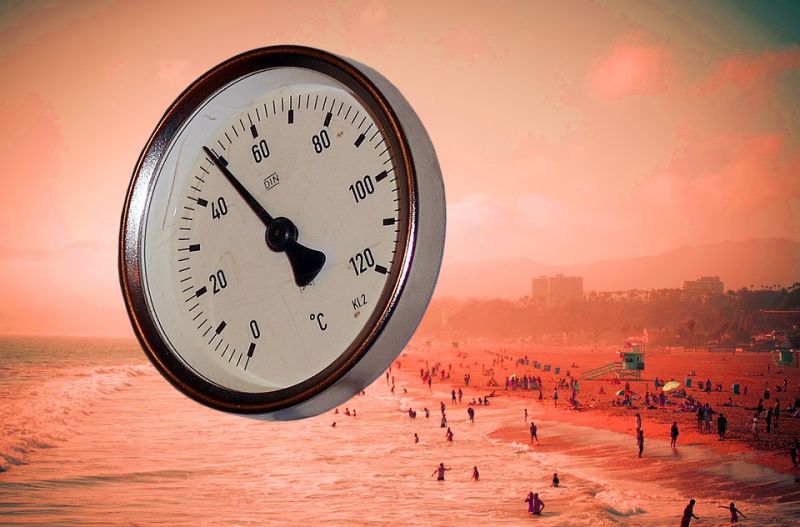Predicting How Climate Change Affects Diseases
Published on by Water Network Research, Official research team of The Water Network in Academic
To understand how climate change affects diseases, researchers need new statistical models that incorporate both climate factors and the climate–disease relationship, accounting for uncertainties in both.
Predicting how climate change will affect the incidence of infectious diseases would have great public health benefits. But the relationship between climate and disease is extraordinarily complex, making such predictions difficult.

Image source: Pixabay
Simply identifying correlations and statistical associations between climatic factors and disease won’t be enough, said Princeton University researcher Jessica Metcalf. Instead, researchers need new statistical models that incorporate both climate factors and the climate–disease relationship, accounting for uncertainties in both.
Metcalf presented examples of possible models in a recent review paper, written with co-authors from a number of U.S. and international institutions and published in the Proceedings of the Royal Society B: Biological Sciences.
Some infectious diseases move from person to person, whether through the air (flu), through contaminated water and food (cholera), or through arthropods such as mosquitoes (malaria). Others reside in animals but can be transmitted to humans under certain conditions.
For example, people can acquire hantavirus (which causes severe respiratory illness) when they breathe particles from contaminated rodent droppings that have been stirred into the air, and ticks transmit Lyme disease from deer to people.
Climatic factors could affect the scale of disease at any stage, said Metcalf, who is an assistant professor of ecology and evolutionary biology and public affairs at Princeton’s Woodrow Wilson School of Public and International Affairs.
Consider a vector-borne disease like malaria. Climate change could either increase or decrease the geographic range of the Anopheles mosquitoes that transmit the disease; it could also affect the mosquitoes’ lifespans and breeding patterns. Moreover, the mosquitoes’ life cycles may interact in complex ways with human actions such as migration.
And multi-year fluctuations in climate such as the El Niño Southern Oscillation, which affects temperature and rainfall over a large portion of the planet’s surface, could either mask or amplify climate change’s effects. A model for predicting how climate change will affect malaria incidence may need to account for all of these factors, Metcalf said, and how they interact with the causal mechanism — a mosquito biting an infected person and then carrying the malaria parasite to someone else.
As an illustration, take the example of a water-borne disease like typhoid fever. A changing climate may bring more rainfall and flooding to some areas. Flooding is thought to increase the risk of exposure to typhoid fever through contamination of the water supply, when the feces of an infected person mingles with the water people drink.
Thus, climate change could increase the incidence of typhoid fever. But it would be misleading to use simple correlations between flooding and typhoid fever to predict how climate change will affect incidence of the disease, because some areas have better sanitary infrastructure or better-protected drinking-water supplies than others.
Ideally, Metcalf said, a model for predicting the incidence of typhoid fever under climate change would link relevant climate variables to the actual prevalence of bacterial contamination in water supplies — that is, to the mechanism through which typhoid fever is transmitted from person to person — and only then to incidence of the disease.
Read full article: Princeton
Media
Taxonomy
- Disease
- Disease Prevention
- Water & Diseases
- Disease
- Sanitation
- Climate Change
- Climate Change Adaptation
- Climate Change Resilience
- Water & Sanitation
- Water Sanitation & Hygiene (WASH)